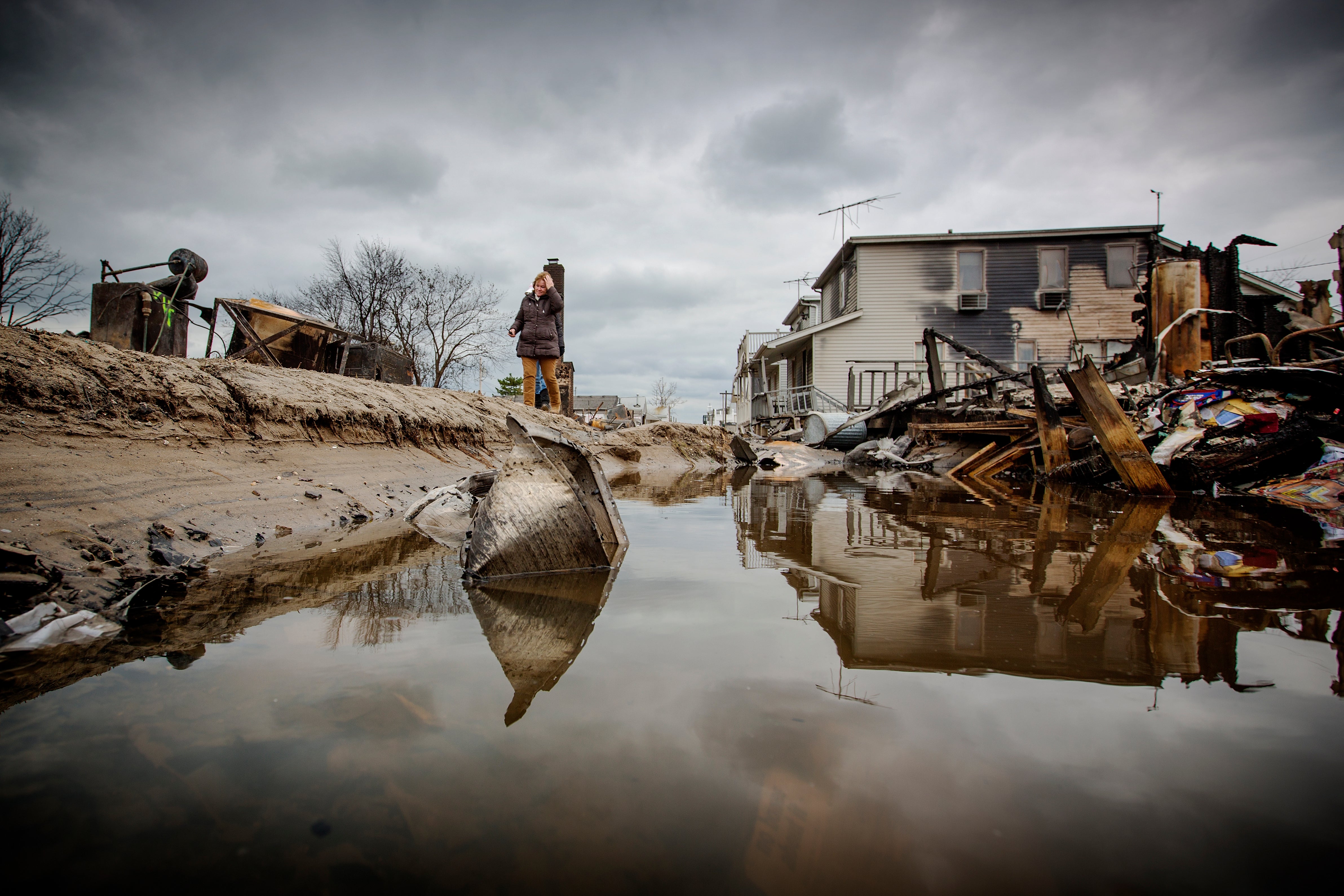Hurricane Sandy
Hurricane Sandy was the deadliest, the most destructive, and the strongest hurricane of the 2012 Atlantic hurricane season. The storm inflicted nearly $70 billion in damage and killed 233 people across eight countries from the Caribbean to Canada. The eighteenth named storm, tenth hurricane, and second major hurricane of the year, Sandy was a Category 3 storm at its peak intensity when it made landfall in Cuba. While it was a Category 2 hurricane off the coast of the Northeastern United States, the storm became the largest Atlantic hurricane on record. Sandy developed from a tropical wave in the western Caribbean Sea on October 22, quickly strengthened, and was upgraded to Tropical Storm Sandy six hours later. Sandy moved slowly northward toward the Greater Antilles and gradually intensified. On October 24, Sandy became a hurricane, made landfall near Kingston, Jamaica, re-emerged a few hours later into the Caribbean Sea and strengthened into a Category 2 hurricane.




